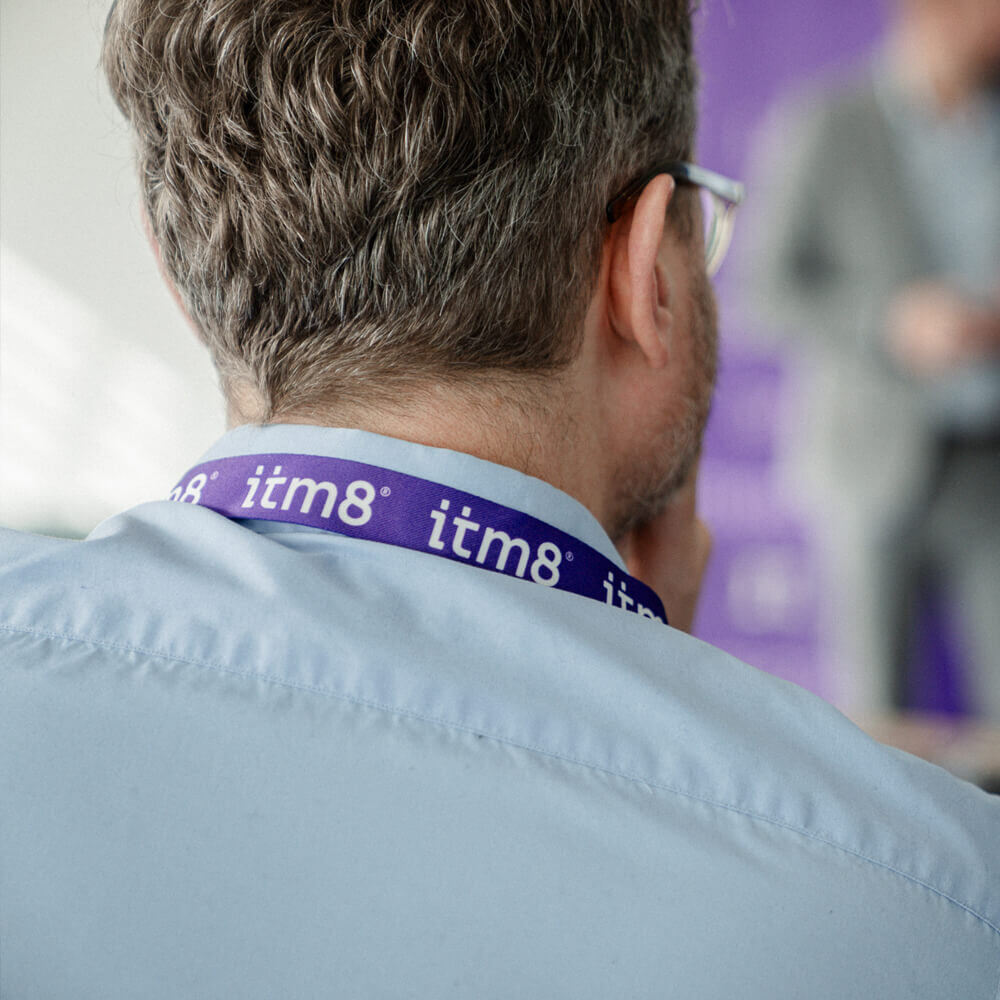Strategic IT security: Get an overview of your organisation's IT security
IT security is much more than encryption and access control. It's a strategic discipline that involves your entire organisation. A good strategic overview can minimize the damage of a cyber attack or other crisis situations. And sometimes it's a requirement – like with the NIS2 directive.
Put security on your strategic agenda
According to the Centre for Cyber Security, the IT threat is at an all-time high. According to research, more than one in three Danish companies has been the victim of a hacker attack. It's all about securing your business before it's too late. We can help you with the right cyber security strategy.
We have developed governance models with access to critical systems for monitoring, ensuring comprehensive backups, analysing and testing security setups and providing relevant employee training.
Governance is a key part of your organisation's overall infrastructure
Your organisation is under pressure from many sides. Legislation, stakeholders and customers. –each demanding accountability and protection of their data. That's why a solid IT governance programme is essential and a central part of your company's overall management.
IT governance is a formal framework with necessary structures to ensure your IT strategy is aligned with your business strategy.
It's not only large organisations that should implement IT governance infrastructure - small and medium-sized businesses should too. The easiest way to begin is to start with a framework and implementation guide.


IT compliance is the foundation of secure data management
In a digital era where information flows freely, protecting your data has become more important than ever before.
IT compliance is a process to ensure that all technological systems and data management practices comply with relevant legal requirements and ethical standards. This includes the proper collection, storage, protection, security and distribution of data, both internally and externally.
By implementing robust IT compliance strategies, your organisation can avoid serious consequences such as data breaches, loss of customer trust and potential legal sanctions. The goal is to create a secure infrastructure that not only protects data, but also strengthens consumer trust and business integrity.
How do you avoid IT compliance breaches? Fortunately, we know all about that. For example, educating employees about data privacy, equipping them with appropriate tools and implementing security measures such as authorisation mechanisms and security encryption are crucial.
Where are the IT risks in your organisation? Risk management gives you the answer
We can't talk about IT security without talking about risk management. Risk management is about analysing cause and effect. Where are the IT risks? And how can we prioritise our security activities?
The purpose of IT risk management is to ensure that identified risks, threats and vulnerabilities are assessed and addressed. Our recommendation is that your organisation and board of directors review an updated risk assessment at least twice a year. The assessment should be based on your organisation's key assets, technology landscape, key vulnerabilities, likely threats, possible losses from attacks and recommendations for investment.
The risk management process should look like this: identify, analyse, manage and report.
Do you have an emergency response plan?
How will you handle an emergency situation such as a cyber attack? Do you have a practical and tested contingency plan that ensures your business can continue to run without IT?
Effective strategic IT security includes a robust contingency plan that takes effect in the event of an IT outage or disaster. It's a practical tool that both management and employees can utilise.
A contingency plan (also known as a crisis plan) is essentially about acting correctly when an accident or crisis occurs. If a crisis is not handled quickly and appropriately, it can have major and long-lasting consequences.
An emergency plan should include, among other things:
- Risk assessment
- Clear guidelines and responsibilities
- Emergency alerting
- Backup and recovery procedures
- Communication plan
- Test and exercise programme

How to meet the new NIS2 requirements
In recent years, a number of regulations and directives have been issued at European level to increase the maturity and resilience of organisations against digital attacks. One of them is the NIS2 directive, which covers the majority of Danish companies.
As a business, you may be either directly or indirectly covered by NIS2. Regardless, it entails a number of stricter requirements where companies must address risk management, control, reporting and supervision, among other things.
Is your company covered? What do the new rules mean for your business? How do you comply with NIS2? Get answers to all your questions about NIS2 on our site.
Are you ready for NIS2? Get prepared at our webinar
The new security directive NIS2 from the EU places increased demands on organisations and management when it comes to IT security. But what does the new directive and requirements mean for your organisation?
Watch or re-watch our webinar "Get prepared for NIS2" and learn how you can actively work with NIS2. Our webinar is divided into two parts - for companies that are directly covered and companies that are indirectly covered.
Webinar on demand
Directly covered
This webinar is aimed at critical infrastructure organisations that are directly covered by the NIS2 Directive. Get concrete knowledge and overview of NIS2 with Regional Director Mathias Holdt.
Webinar on demand
Indirectly covered
This webinar is aimed at companies and organisations that are indirectly covered by the NIS2 Directive. In other words, you can expect to face increased demands from your customers who are directly covered.